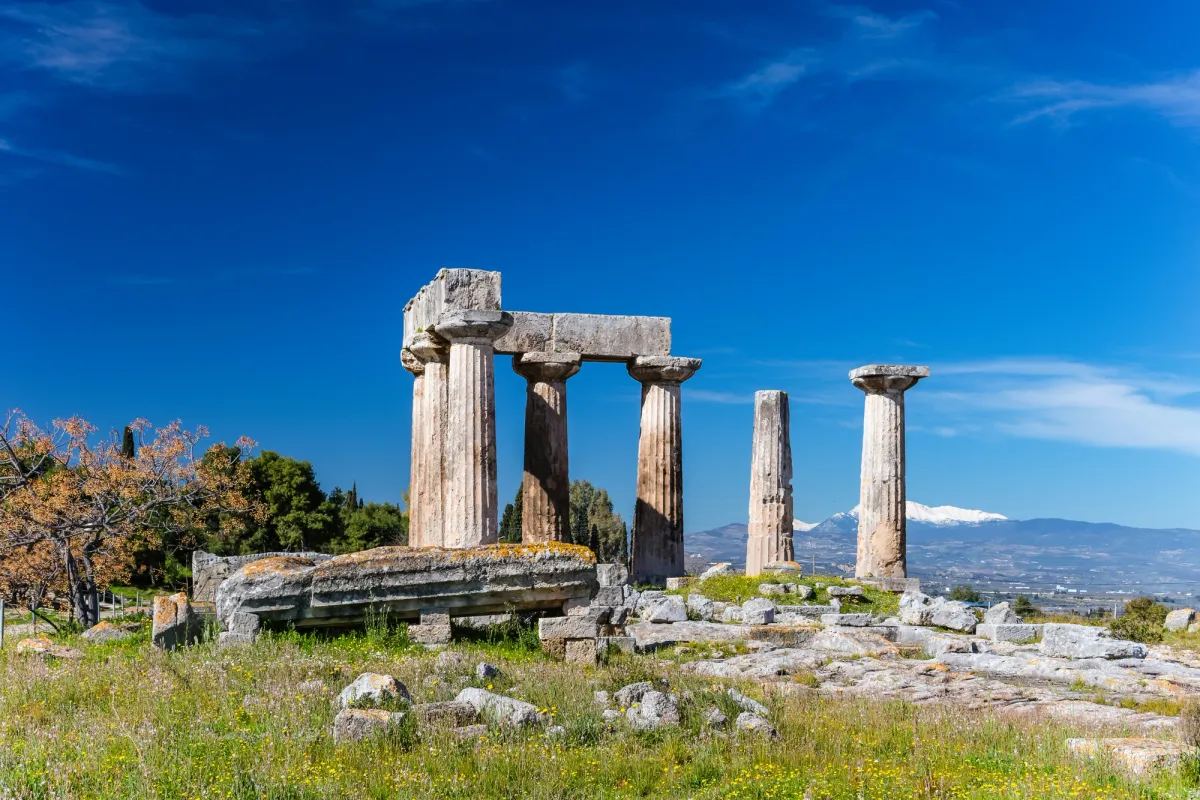Historic Highlights: Drawing Pivotal Moments with Piccles

Jon is Cofounder & Chief Product Officer at Piccles
- Published at
- Last updated

Inspiration from the Past: Drawing Historical Events
People from all walks of life, including educators, students, history enthusiasts, and creative individuals, might find joy in drawing historical events. This artistic expression allows them to connect with the past, commemorate significant milestones, and illustrate scenes that have shaped our world. Drawing historical events can also be a unique and interactive method to educate others, sparking interest and curiosity about our collective history.
Piccles: A Creative Canvas for History Buffs
Piccles emerges as a digital tool that transcends ordinary drawing methods, positioning itself as a novel platform for illustrating historical events. Its accessible and amusing drawing features allow users of any artistic skill level to participate in the creation of digital art, celebrating history in a distinctive and expressive way. Piccles leverages the universal language of visual art to enhance the experience of storytelling through art, making history not only more visible but also more engaging.
Illustrating Time: Connecting with History Through Piccles
Piccles provides a virtual stage on which historical events can come to life through digital strokes. Whether reimagining the signing of the Declaration of Independence or depicting the launch of the first human into space, Piccles offers the tools to visualize these moments. Participants can collaborate on murals of historic milestones, share their creations with peers, or use the platform to host an interactive history-related event. It's an inventive way to bridge the gap between past and present while fostering a community around historical storytelling.
Certified fresh Piccles prompts
- Draw the Signing of the Magna Carta: Use this to explore medieval history and the evolution of modern legal systems.
- Sketch the Last Supper: This can be used to discuss religious history and its impacts on art and culture.
- Illustrate the First Moon Landing: Encourage space exploration discussions and the history of technological advancements.
- Recreate the Battle of Hastings: Use this to explore medieval history, European politics, and warfare.
- Portray Einstein's Theory of Relativity Announcement: This can prompt a discussion on scientific breakthroughs and their impact on society.
- Draw the Building of the Pyramids: Use to learn about ancient history, architectural marvels and the mystery surrounding the creation of the pyramids.
- Illustrate the Fall of the Berlin Wall: Helps in having conversations about modern history, division, and reconciliation processes.
- Sketch the Storming of the Bastille: Encourage exploration of France's history, social issues, and the beginning of the French Revolution.
- Draw the Women's Suffrage movement: This can start discussions about social change, gender equality, and political milestones.
- Render the Indian Independence Movement: Use this for conversations about colonialism, the fight for independence, and important political leaders.
- Recreate the Discovery of Fire: This can initiate discussions about human evolution, survival techniques, and primitive societies.
- Draw the Atomic Bombing of Hiroshima: Encourages discussions about war, humanitarian issues and nuclear proliferation.
- Depict the Construction of the Great Wall of China: Use this to learn about ancient Chinese history and its architectural achievements.
- Illustrate Martin Luther King Jr's 'I have a Dream' speech: Inspires discussions about civil rights movement, racial equality and impactful speeches.
- Sketch the First Flight by the Wright Brothers: Ideal for conversations about inventions, aviation, and progress in transportation.
- Draw the Invention of the Printing Press: Encourages discussions about information dissemination, literacy, and medieval innovations.
- Portray the First Heart Transplant: Suitable for discussions on medical advancements, organ transplants, and influential medical practitioners.
- Illustrate the Assassination of Julius Caesar: Use this for conversations on ancient Rome, political intrigue, and historical figures.
- Draw the Building of the Panama Canal: To discuss engineering marvels, trade, and maritime history.
- Visualize the First Man in Space - Yuri Gagarin: Encourages conversations about space race, cosmonauts, and iconic moments in history.
- Draw the Viking Landing in Vinland: Use this to explore Viking history, naval exploration, and first contacts with the New World.
- Trace the Trail of Tears: Start discussions about Native American history, displacement, and cultural survival.
- Mimic the First Earth Day: Promote conversation about environmental movements, conservation, and eco-friendly practices.
- Illustrate the Fall of the Roman Empire: Use this for conversations about ancient civilizations, historical causes, and effects.
- Draw the Demolition of the Twin Towers on 9/11: For dialogues about modern history, terrorism, and international relations.